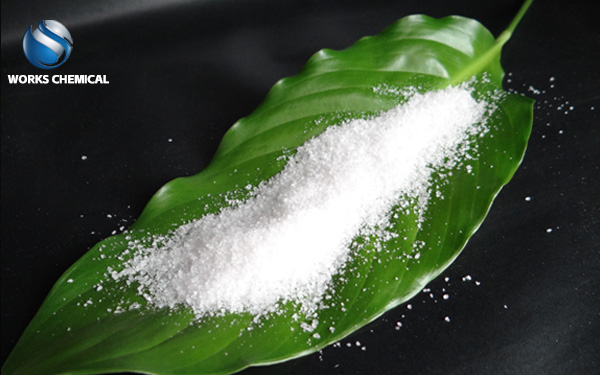
The selection and application of sludge dewatering agents in paper mill is an important link in the sludge treatment process, aiming at improving the dewatering efficiency of sludge and reducing the moisture content, so as to facilitate subsequent treatment and disposal. The following is a detailed analysis of deep dewatering agents for paper mill sludge:

1. Main pharmaceutical types
In the deep dewatering process of paper mill sludge, commonly used chemicals mainly include the following:
Cationic polyacrylamide
Properties: A kind of high polymer dehydrating agent, with strong hydrophilicity and good flocculation performance.
Function: In sludge treatment, cationic polyacrylamide can effectively combine with the negatively charged colloidal particles in the sludge to form a larger floc, thereby improving the dewatering performance of the sludge.
Application scenario: It is especially suitable for the dewatering treatment of papermaking, pharmaceutical, urban sewage and industrial sewage.
Polyferric sulfate:
Properties: An inorganic polymer coagulant with fast hydrolysis rate and strong adsorption capacity.
Function: In sludge treatment, polyferric sulfate can quickly neutralize the negative charge in sludge, promote the agglomeration and settlement of sludge particles, and improve the efficiency of dehydration.
Compound use: It is often used in combination with conditioners such as zeolite to further enhance the dewatering effect of sludge.
Other agents:
In addition to the above two main agents, biological flocculants, alum, lime, etc. may also be used as auxiliary agents to optimize the dewatering performance of the sludge.
2. Method of drug dosing
Batch dosing:
Suitable for processing facilities in small-scale or intermittent operations. A certain amount of the agent is directly added to the sludge and mixed evenly by stirring.
Continuous feeding:
Suitable for large-scale or continuously operating facilities. Through the automatic drug delivery system, agents are continuously added to the system according to the flow rate and sludge characteristics to ensure the stability of the sludge treatment effect.
Third, drug selection and use precautions
Agent type selection:
The appropriate reagent type should be selected according to the characteristics of sludge, the requirements of treatment process and economic cost.
Dosage control:
The dosage of chemical agent has a significant effect on the sludge dewatering effect. Too little dosage may lead to poor dehydration effect, and too much dosage may increase processing costs and produce unnecessary waste. Therefore, it is necessary to determine the optimal dosage by testing.
Mixing and reaction:
The mixing uniformity of reagent and sludge is very important to the dewatering effect. It should be ensured that the agent fully contacts and reacts with the sludge to improve the efficiency of dehydration.
Effect monitoring:
In the sludge treatment process, the treatment effect should be monitored in real time, and the dosage of agent should be adjusted or the type of agent should be changed according to the need.
Iv. Summary
The selection and application of sludge dewatering agents in paper mills need to consider many factors. By selecting the appropriate agent type, controlling the dosage, ensuring the mixing uniformity and monitoring the treatment effect in real time, the dewatering efficiency of the sludge can be significantly improved and the water content can be reduced, which provides strong support for the subsequent sludge treatment and disposal work.